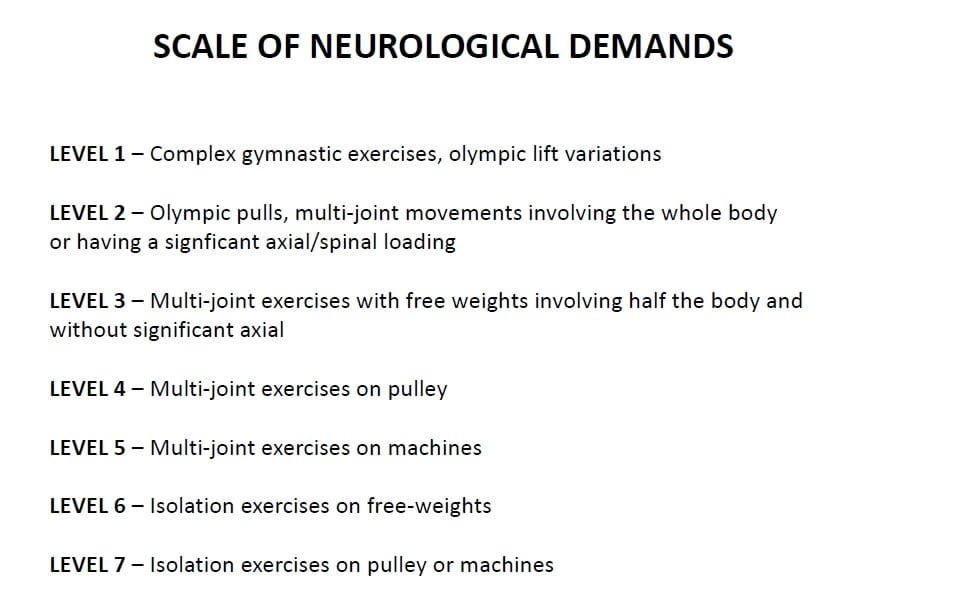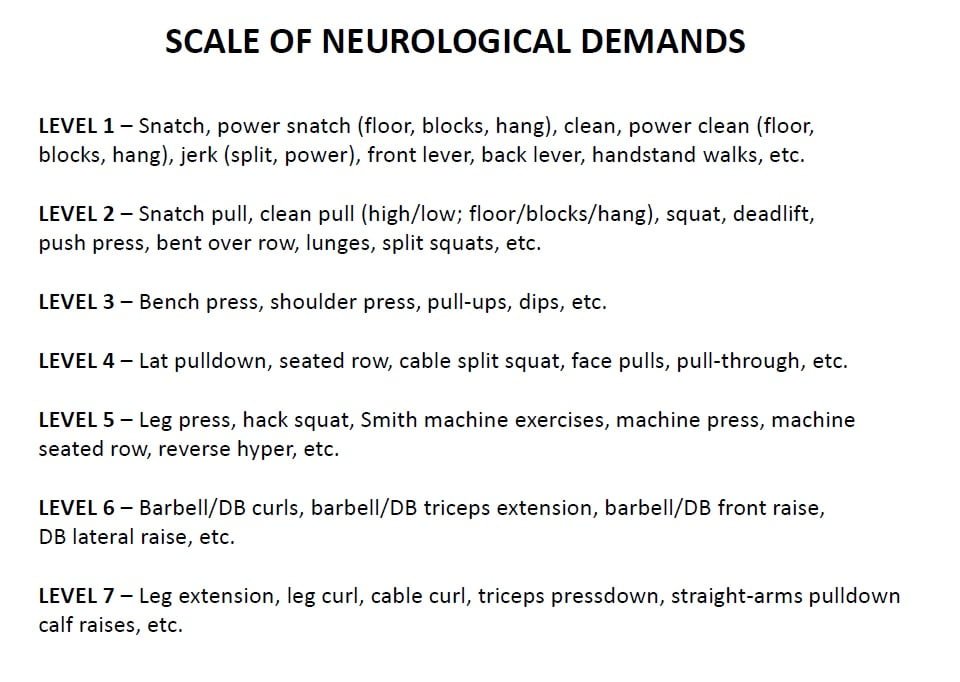Knowledge
Should You Train To Failure?
Articles, Muscle gain, Strength and performance

Should You Train To Failure?
Before we started arguing about whether “keto” is the gift of God or just a fad, the most popular debate in the training world was “should you train to muscle failure or not?”.
This was especially true in the late 1990s, with the debate between proponents of HIT / Heavy-Duty that espoused always training to failure using a very low volume of work, and those that favored a higher volume approach without going to failure.
Even to this day, that debate has not been settled. For example, a study by Cameron and Mitchell (2012) found that if you reached muscle failure with 30% or 80% of your max, it led to the same amount of muscle growth over time, indicating that going to failure might provide a powerful stimulus for muscle growth.
You also have the famous quote by Professor Zatsiorsky: “A muscle fibre that is recruited but not fatigued is not being trained”, leading us to believe that creating a maximum amount of muscle fibre fatigue during a set might be superior to maximize growth. In which case, hitting failure might be superior when training for maximum size.
So, Training To Failure Is Superior For Growth…Right?
Well, going to failure might have a slight advantage in that it creates slightly more muscle fibre fatigue. But is it really that significant? Maybe, maybe not.
And if it is significant, are the benefits worth the investment/potential drawbacks?
What Is “Failure“?
In the training lingo, “hitting failure” or “training to failure” means doing reps in a set until you fail to complete an additional repetition. It actually entails attempting a rep, but not being successful. If you complete 8 reps and the last rep takes everything out of you, takes 5 seconds to complete and you barely make it, then decide to stop your set because you know you won’t be able to complete another repetition, that’s not training to failure. It’s hard work… it’s an RM, but it is not training to failure.
That is the traditional meaning of training to failure.
Truly hitting failure is extremely draining. When using reps of around 12 or less per set (let’s say 3-12 reps) training to failure is as demanding as doing a max lift. At least for the nervous system. When training with a load where failure occurs because the muscle fibres are too fatigued to get the job done, that last failed rep is actually a maximal effort and is as draining neurologically as doing a 1RM lift.
Note: Hitting failure with very light weights… doing something like time under tension of 70-90 seconds in the set, is often due to metabolite accumulation and not muscle fibre fatigue. This is not as draining as hitting failure with sets of 6, 8 or 10 reps.
Here’s why.
When you are using a weight that you can do for 2 to around 12 reps, your strength decreases by around 3% per repetition due to muscle fibre fatigue.
Here’s what it looks like:
Using a starting weight of 70% of your 1RM and shooting for 12 reps.
Rep 1 = Feels like 70% of your 1RM (because you have zero muscle fibre fatigue)
Rep 2 = Feels like 73% of your 1RM (because the muscles are weaker due to fatigue)
Rep 3 = Feels like 76%
Rep 4 = Feels like 79%
Rep 5 = Feels like 82%
Rep 6 = Feels like 85%
Rep 7 = Feels like 88%
Rep 8 = Feels like 91%
Rep 9 = Feels like 94%
Rep 10 = Feels like 97%
Rep 11 = Feels like 100%
Rep 12 = You fail
The 11th rep is as demanding on the nervous system as doing a 1RM because it needs to work just as hard to create the force required to complete the lift. Trying that 12th rep is even more demanding.
While a set to failure with 6-12 reps is not as stressful on the body as a true max effort (skeletal system, tendons and ligaments are not as traumatized), it remains a tremendous impact on the CNS.
Charlie Francis (Ben Johnson’s track & field coach) used to say that there is a huge difference in neurological stress between a 100m at 92% and at 100%. And I’ve always applied that rule with strength training. I believe that lifting weights that are 90-92% is fairly well managed neurologically but going into that 97-100% zone increases neurological demands exponentially. The same could be said with training to failure. In the above example, stopping after 8 reps (when you could do 11) has much lower stress on the nervous system as doing 10 or 11 reps.
The question becomes, is doing those extra 2 or 3 reps in the set worth it from a muscle growth perspective?
If the CNS stress is too high for the session, it can have many negative impacts on recovery and growth.
“CNS stress/demands” simply refers to having to activate the nervous system a lot to get the job done. You excite your neurons more, getting them to fire a lot faster. But the faster they fire, the harder it is to get back down to “normal levels”. And as long as the CNS stays “amped up” you have bad things that can happen:
- You risk what we call CNS fatigue, which is nothing more than either dopamine depletion or temporary desensitization of the adrenal receptors. Basically, to keep the CNS firing on all cylinders you pump out adrenaline. Adrenaline requires dopamine to be produced. So, if you produce too much adrenaline you can deplete dopamine.
Low dopamine leads to a drastic decrease in motivation, lethargy, drop in discipline, less pleasure, feeling negative, low libido, etc. And if you keep pumping adrenaline your adrenal receptors are constantly being stimulated and they can become resistant, which makes it really hard to get fired up and energetic. - As long as the CNS keeps firing on all cylinders you stay in what we call a “sympathetic state”, a state of high activation. And one thing that comes with that state is a higher cortisol output. And as you might know, cortisol isn’t exactly our friend when it comes to building muscle. It can really slow it down, even leading to muscle loss.
So, if you increase CNS activation too much, you might reduce your gains from training.
In all fairness, some people can handle a very high amount of neurological stress. These are the people with a high level of GABA and/or serotonin. These neurotransmitters will calm the brain down after a session if it was over-activated. But about 60-70% of the population is at risk of killing their gains by exciting their CNS too much.
That’s where going to failure could have more cons than pros.
So, What Do I Do?
My belief is that going to failure should be done only on exercises with lower neurological demand. If an exercise itself activates the CNS a lot, going to failure on that movement might do more harm than good. But on exercises with a very low impact on the nervous system, going to failure might be worth it.
Here is my scale of neurological demands. It is a 7-level scale going from the exercises that are the most demanding on the CNS to those that are the most gentle

Here are some examples:

On Level 1 and 2 exercises, you should never go to failure in training. In fact, on these, you should never reach the point where technique starts to break down (normally technique will start to break down 2 reps or so before failure). Even when testing your max in training you shouldn’t go to the point of missing a lift. Even when I was at my strongest (600lbs Olympic squat, 485lbs front squat, 445lbs bench press, 275lbs military press), I never missed a rep on those lifts in training.
On Level 3 exercises, I recommend avoiding failure in training. If it happens once in a while, it likely won’t cause damage but it certainly should not be something to shoot for.
On Level 4 and 5 movements, I recommend hitting failure on the last set of the exercise if your main goal is getting bigger. When training for the strength I would actually avoid going to failure on these movements too, because your overall training program will by higher in neurological demand. So, when training for strength you should stop these exercises 1-2 reps short of failure. When training for size, stop 1-2 reps short on all but the last set, on which you go to failure.
For Levels 6 and 7, I recommend going to failure on all of your sets. They have a very low neurological demand and are normally trained with higher reps/lighter weights, so going to failure will not have many potential drawbacks and can lead to a bit more growth. The exception being when doing corrective/prehab work like trap 3 raises, rotator cuff work, etc. On these, you should not go to failure because you want to avoid compensation.
Remember, when building a house, you need several tools. And all these tools are used differently; you don’t use an electric drill like you use a saw. It’s the same with exercises. A power clean doesn’t obey to the same rules as a squat, which doesn’t obey the same rules as a leg press, which is itself different than a leg extension. Going to failure is not a black or white situation, whether you should do it or not depends on the exercise you are doing.
-CT